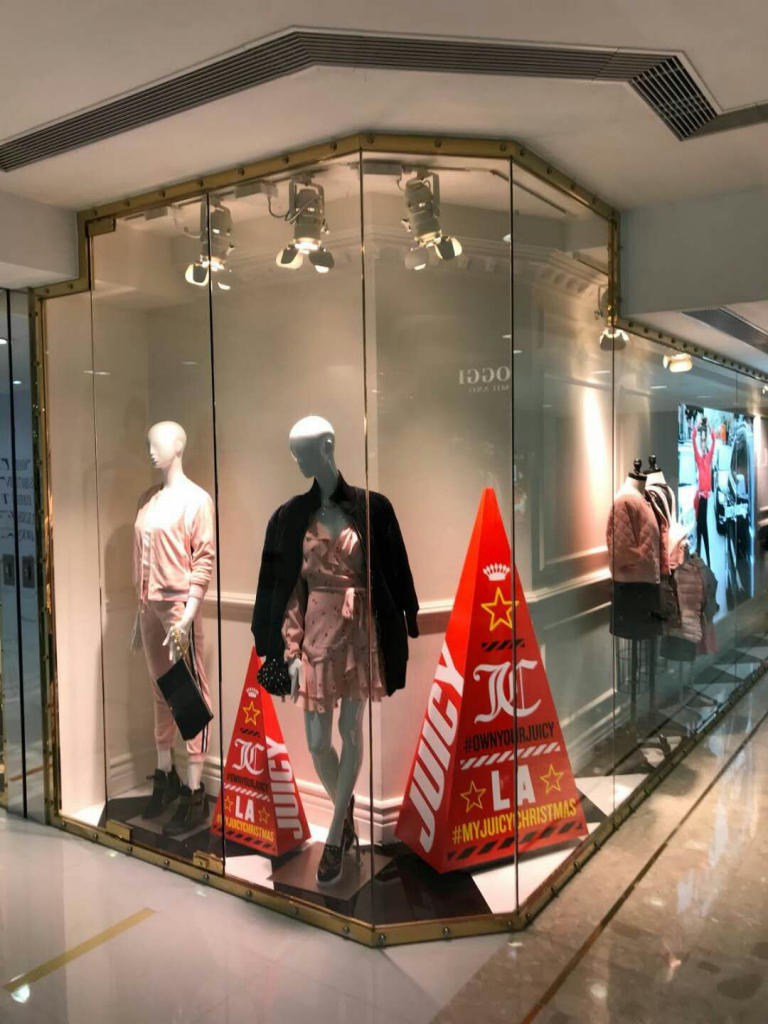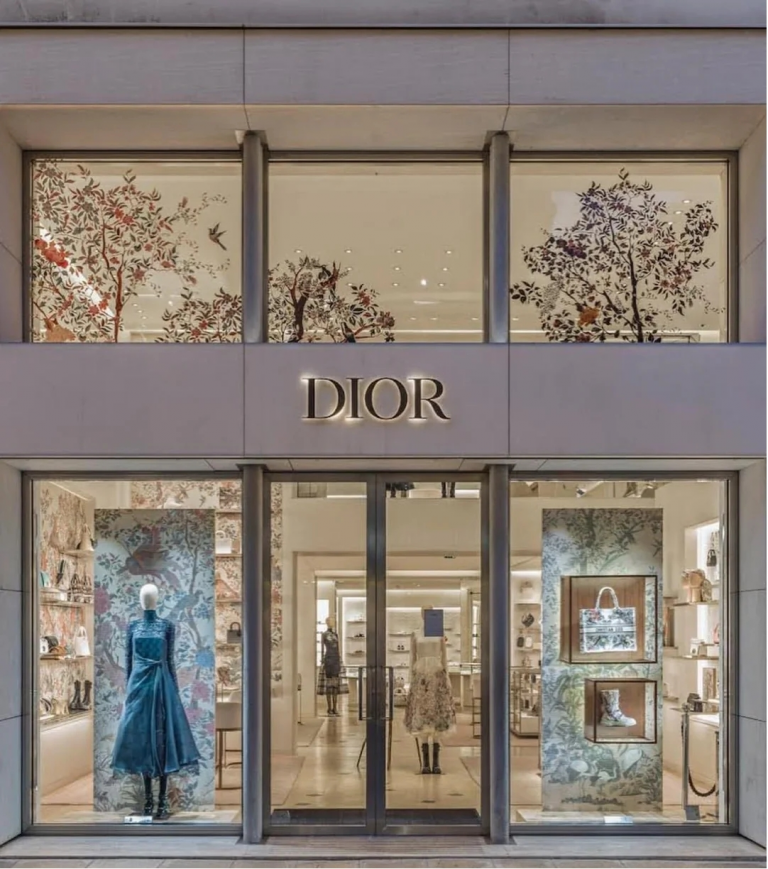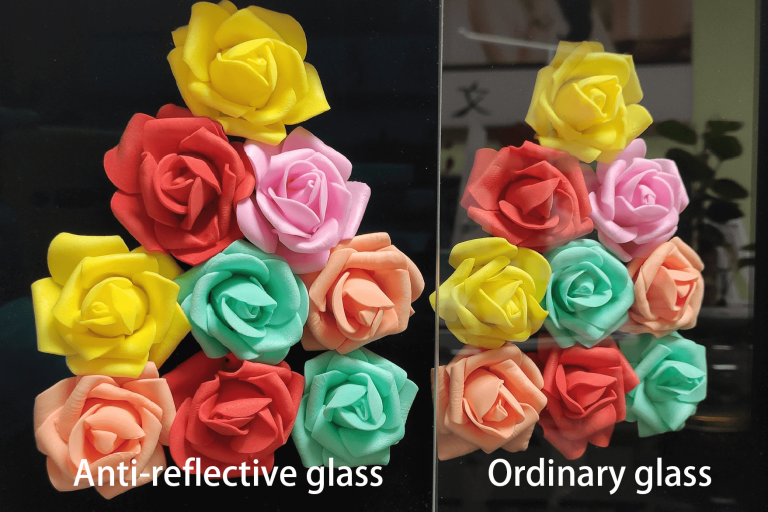How to Address Glass Reflection in Store Window Displays
If we consider the eyes as windows to the soul, then the store window plays a similarly significant role in stores. They serve as a connection between the business and its customers, acting as the “eyes” of the shop and greatly influencing its appeal. However, the store window display sometimes faces a subtle issue—glass reflection.
This reflection occurs when outdoor scenes are mirrored on the window glass, primarily due to a significant difference in light intensity between the inside and outside of the window. This issue is particularly pronounced in street-side shops, where the sunlight is typically stronger than the light inside the window, reducing the effectiveness of the display.

1. Increase the illumination inside the window.
Lighting is a fundamental element in window design, and enhancing the brightness of the light sources is crucial. Basic lighting provides most of the illumination inside the window, and increasing its brightness can significantly reduce glass reflection. This explains why retail store displays in well-known brands often appear bright. In such cases, even during the day, reflections are minimal and hardly affect the display.


2. Reduce the external light entering the window.
By balancing the light intensity between the inside and outside, reflection can also be minimized. In addition to increasing internal lighting, reducing external light can be effective. This can be achieved by installing shading devices outside the window to block direct sunlight, thereby cutting down reflections. Although such shading might affect the appearance, increasing the depth of the window and using the top wall to block light can achieve a similar effect.

3. Use anti-reflective glass.
Anti-reflective glass, also known as low-reflective or non-glare glass, is specially treated to significantly lower its reflectivity. Compared to regular glass, anti-reflective glass can decrease reflection rates from 8% to below 1%, allowing for clearer visibility of items through the glass and enhancing the viewer’s visual experience.

In conclusion, the role of store window display is integral to the overall appeal and effectiveness of a store, acting as the vital bridge between the business and its clientele. Addressing the issue of glass reflection is crucial to maintaining this connection. By strategically enhancing internal lighting, reducing external light interference, and utilizing low-reflective glass, store owners can significantly improve the visibility and attractiveness of their displays. These measures not only minimize reflections but also enhance the overall shopping experience, ultimately fostering a stronger connection between the store and its customers.



